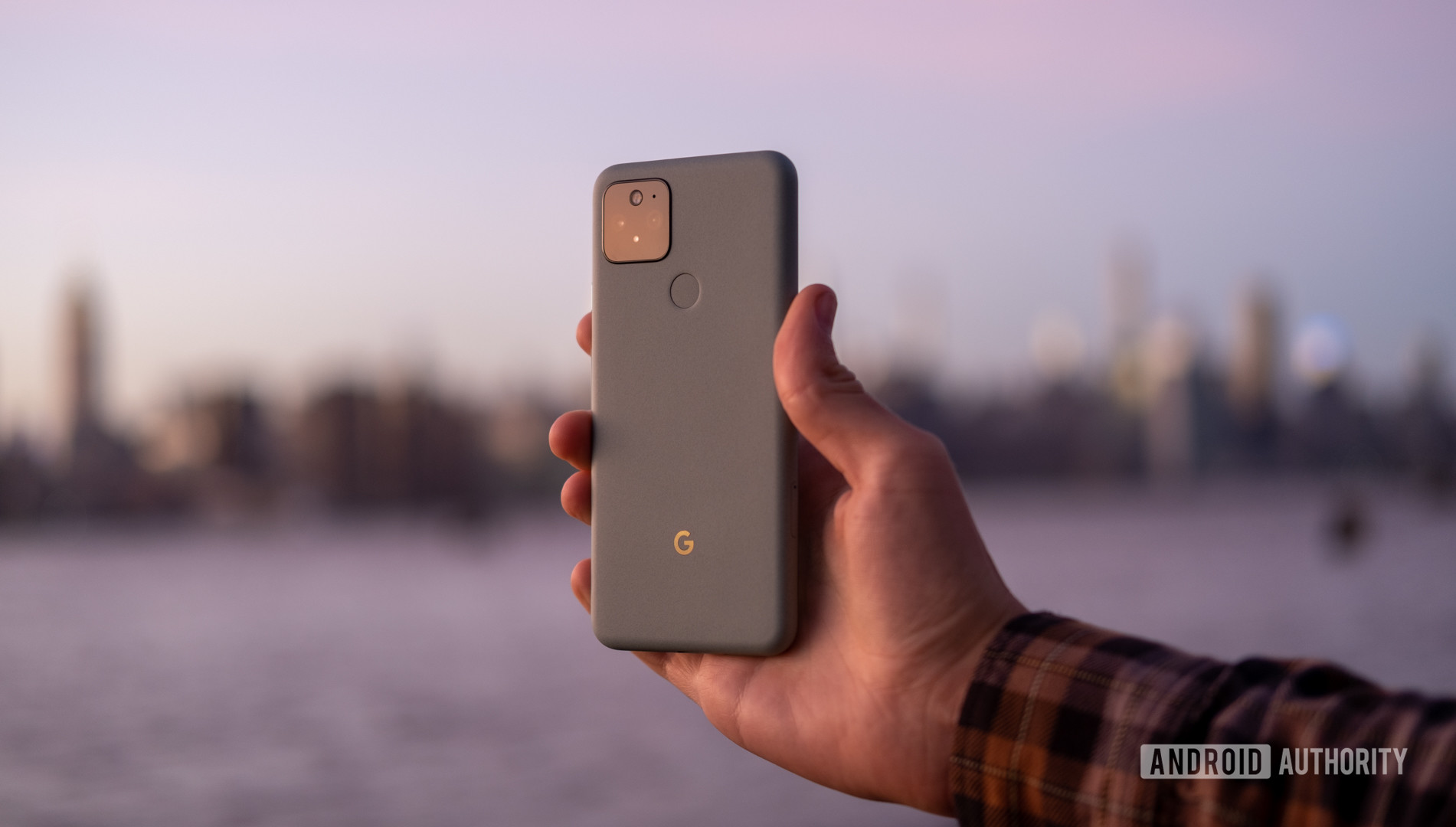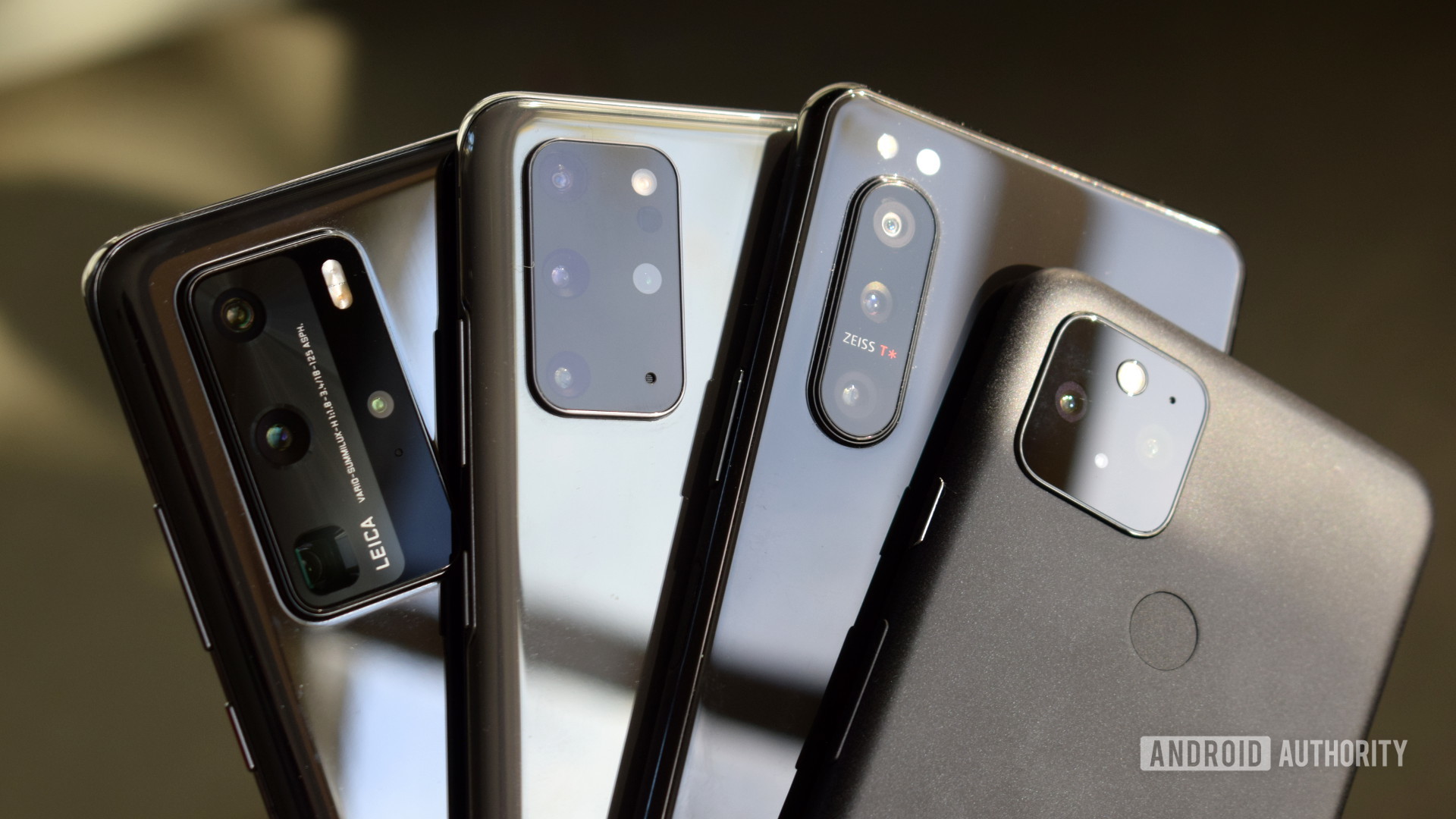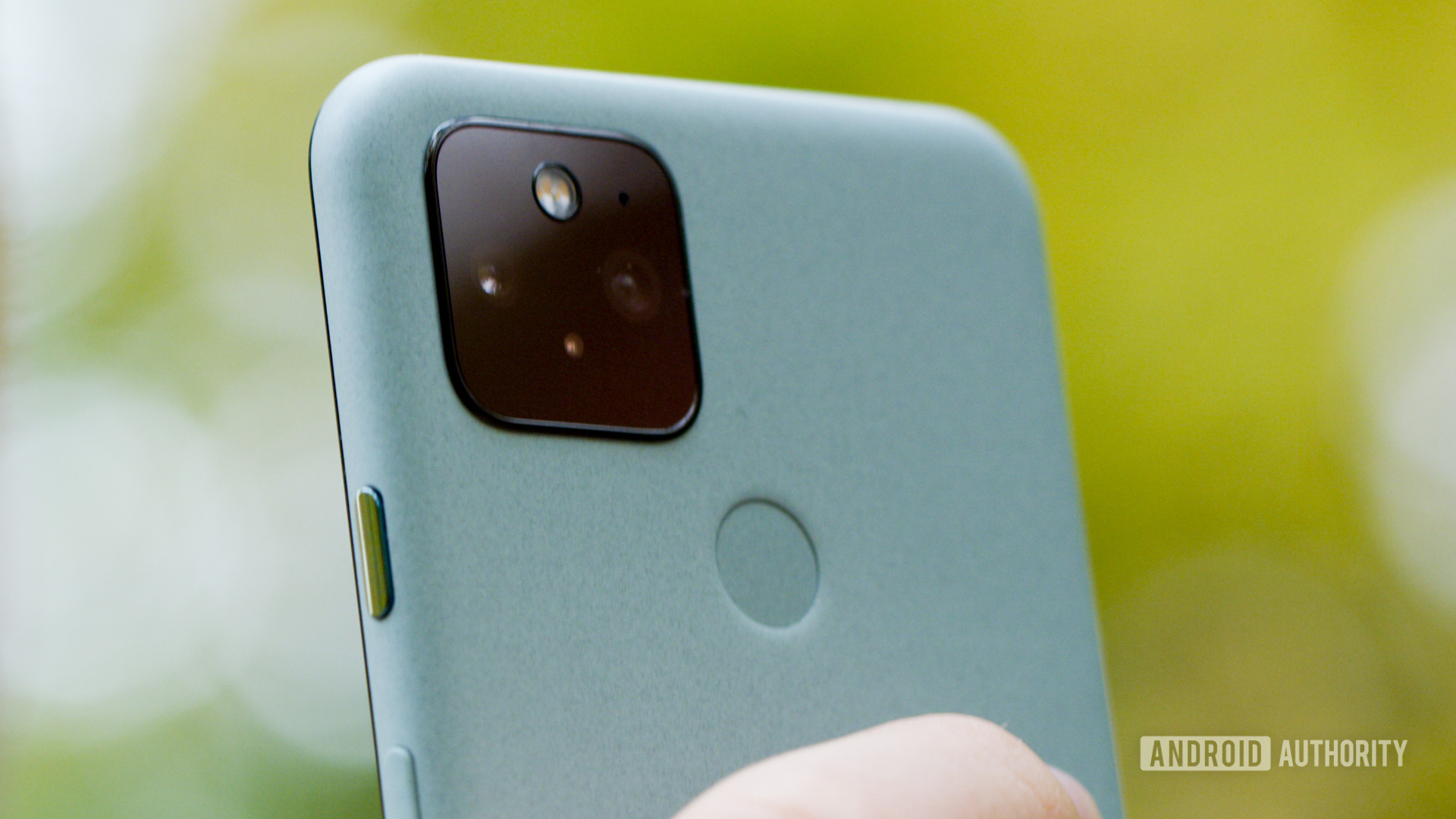Affiliate links on Android Authority may earn us a commission. Learn more.
It's time Google updated Pixel camera hardware to match its stellar software
Published onDecember 12, 2020
I’m not overly impressed with the Google Pixel 5’s camera. Not because it takes bad photos. It’s still capable of taking some astoundingly great pictures for a hardware package that’s barely changed in years. No, what irks me most about the Pixel 5 is the missed potential. Google’s photography algorithms are in a league of their own, but the refusal to change up the hardware formula has knocked the Pixel series off the podium this year.
I don’t want to dwell on the various issues I noticed in my time shooting with the Pixel 5 too much. You should check out our in-depth shootout for a closer look at the camera. The TL;DR is, while the Pixel 5 excels at colors and low light, the small sensor is very noisy by today’s standards. Super Res Zoom doesn’t keep up with today’s telephoto lenses, and the wide-angle camera looks more like an afterthought compared with Google’s usual attention to detail. In a nutshell, it’s showing its age.
That’s all such a shame because Google’s software bokeh, Live HDR, and Astrophotography algorithms are some of the best in the business. The older main sensor continues to punch above its weight precisely because Google’s software makes up the gap. But just think how great a Pixel camera could be if it married more modern hardware with its best-in-class software.
Below are just a few reasons why Google needs to upgrade its camera hardware for the inevitable Pixel 6.
A bigger sensor should be a top priority
The biggest issue with the Pixel 5’s main sensor isn’t colors or exposure, it’s noise. At just 1/2.55-inches across, the sensor is tiny by today’s standards, even though each individual pixel remains a decent 1.4µm across. However, HUAWEI’s latest sensor is a much bigger 1/1.28-inches. Likewise, Samsung, OPPO, and Xiaomi have moved onto similarly large main sensor sizes too. Broadly speaking, bigger sensors capture more light and suffer from less noise.
See also: Why camera sensor size is more important than more megapixels
Google’s former camera chief Marc Levoy might not have seen any need to go beyond 12 megapixels for detail. However, a larger sensor, even with the same 12MP resolution, would still greatly improve the phone’s light capturing capabilities. Just think about how good ASTROphotophy images could look with even more light information. More modern sensors also benefit from improved manufacturing techniques to reduce noise. After three years, it’s time to reap the benefits from these incremental improvements, if nothing else.
Despite their issues, large-resolution pixel-binned cameras should also be on Google’s radar. They’re increasingly standard in the industry, despite producing some odd aliasing effects when examined too closely. Still, it would be interesting to see what Google’s software engineers could do with that extra resolution information for technologies like Super Res Zoom.
A larger sensor would require a major redesign, but it's the biggest single upgrade Google could make.
Of course, a larger sensor would produce a larger camera bump and/or a thicker phone. The Pixel 5’s compact camera housing would certainly have to change. But the design trade-offs would be worth it to fix the most glaring issue with Google’s current camera package.
Telephoto and wide-angle should come as standard

I have a bit of a rule when it comes to modern smartphone cameras: a good main camera comes first. Don’t compromise it just to include two or three rubbish extra lenses. However, with telephoto zoom and wide-angle lenses coming as standard, especially in premium tiers of the market, the next flagship Pixel phone should ideally include these too.
Super Res Zoom is already pretty decent, so Google doesn’t need a crazy 10x periscope camera to be competitive here. Even the 2x telephoto lens in the Pixel 4 was good enough. Although I think something around 3x would give Google that little extra flexibility. Again, a good lens and bigger sensor would also ensure this camera works well in low light — a current Google specialty.
Wide-angle and zoom capabilities are now standard in premium tier handsets.
If the big G is to come back with another wide-angle lens, it needs to do a much better job than the Pixel 5. The field of view is narrower than the competition and its fixed focus means your shots are always too blurry. In my opinion, auto-focus is a must next generation. Not just to bring image quality up to par and assisting with action shots, but so the lens can double up for macro shots too. Wide-angle cameras are seldom done well in modern smartphones, so there’s an easy win here if Google puts the effort in.
Focusing on high-quality lenses and sensors for telephoto and wide-angle cameras will produce even better results when combined with Google’s software tricks too. It would be great to make use of long zoom and portrait bokeh or capture ultra-wide angle astrophotography shots. Fancy sensors and lenses don’t come cheap, but Google will need to spend the money if it wants to charge more than mid-range prices for the Pixel 6.
Competing software is catching up

While Google is falling behind on hardware, its camera rivals are quickly catching up and competing on the software front. Excellent HDR processing, real-time processing adjustments, high-quality bokeh blur, and low light shooting night modes are staples of the mobile photography industry. You don’t have to spend a fortune to get your hands on some of these features either.
Computational photography is a key part of the mobile camera ethos from brands including Apple, HUAWEI, and Samsung. The results speak for themselves. These brands all produce great photos. As an example, the iPhone 12 includes a new feature called ProRaw, melding noise reduction, Deep Fusion, and HDR processing with the enthusiast-level RAW format. The idea combines the benefits of computational photography with the editing flexibility of RAW. I can certainly see the appeal for the serious photographer.
Google still holds some cards in the image processing arms race, but the lead is considerably narrower than it was even a couple of years ago. The Mountain View company may not be able to rely on this advantage much longer.
Great software is built on great hardware

There’s a symbiotic relationship between camera hardware and software. You can’t push the boundaries of one frontier without a solid foundation in the other. While the Pixel 5 still takes some great pictures especially for its price bracket, it’s increasingly evident that Google is reaching the limits of what its software can do on the current hardware platform. As its rivals are closing in on the software front, Google needs new hardware to stay competitive.
Just think how great a Pixel camera could be if it married more modern hardware with its best-in-class software.
Google’s next big leap in camera capabilities will only come with a hardware upgrade in tow. It wouldn’t take much to bring the company up to speed either. Less noise and more detail from a larger sensor, better physical zoom, and high-quality wide-angles are all within easy reach. Looking further ahead, hybrid image processing from multiple cameras, fast multiple ISO and exposure blending, and machine learning enhancements could take software image quality a step further too. With better hardware, Google could hold on and even extend its software lead.
What would you like to see from the Pixel 6’s camera package? Should the company keep focusing on software improvements or is it time for an upgraded hardware package?
What do you want from a next-gen Pixel camera package?
Editor’s note: This article was originally published on October 24, 2020. It has been updated to include the video embedded at the top of the page.